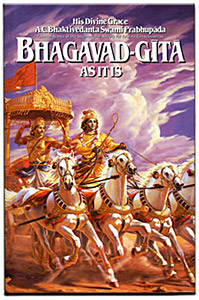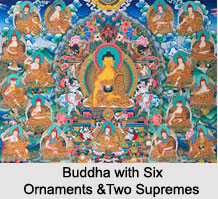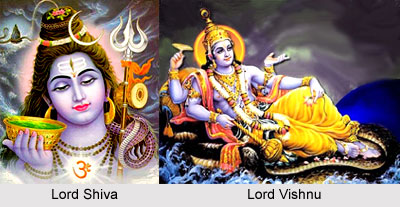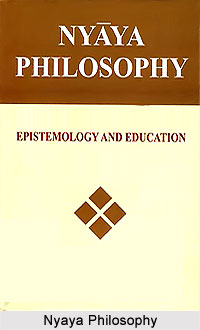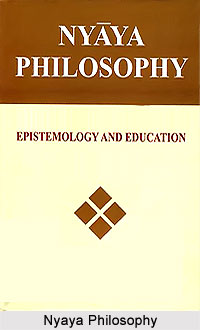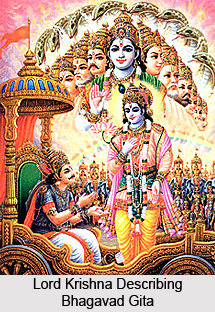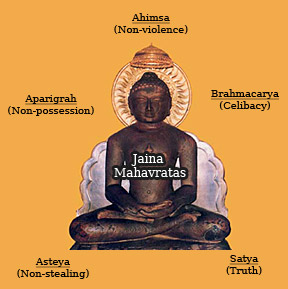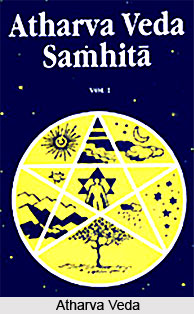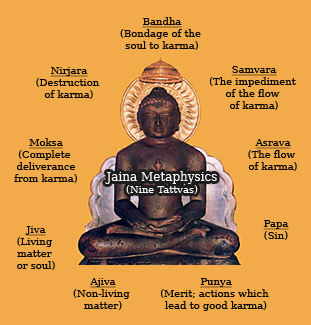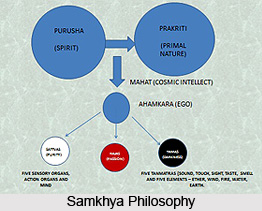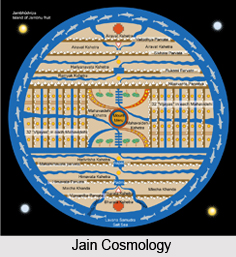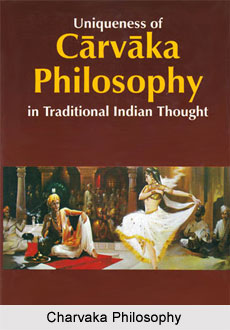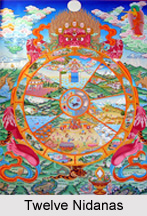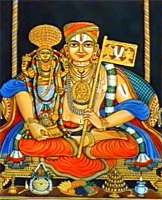Chandogya Upanishad is related to the Kauthuma Shakha of the Sama Veda. It comprises of eight chapters and is based on the Om Mantra. Chandogya Upanishad is one of the primary Upanishads. The 24th Khanda of Second Chapter of Chandogya Upanishad states about the different planes attained by the sacrificer. Here the sages well versed with the Vedas i.e. Brahman question that as the morning oblation are offered to Vasus, the Rudras are offered the midday offerings, and the Adityas and the Visva devas are offered the evening oblations, then where does the sacrifice belong. One who knows the answer must perform the sacrifice. It has been explained that the sacrificer who sits behind the Garhapatya Fire and faces the northern direction chants the Saman that adorns the Vasus. This is done before he begins the morning chant. He prays to the fire to open the door of the earth to allow them to see. He offers oblations and recites mantras in adoration of Lord Agni. He prays to him to save the world for him as he dwells in it. The sacrificer belongs to this world. The Vasus offers the world to him to remains associated with the morning oblation. This is done before he begins the midday oblation.
Next, the sacrificer sitting behind the southern fire and facing the northern direction recites the Saman addressing the Rudras. He prays to the fire to open the door of the sky and allow them to see. He offers oblations and recites mantras in adoration of Lord Agni. He prays to him to save the world for him as he dwells in it. The sacrificer belongs to this world. The Rudras offer the world to him that associated with the midday oblation. Again, the sacrificer sits behind the Ahavaniya Fire and faces the northern side. He recites the Saman addressing the Adityas and Visva Devas. He prays to the fire to open the door of the sky and allow them to see. This he recites addressing the Adityas. Next, addressing the Visva Devas the Saman prays to the fire to open the door of the sky and allow them to see. The sacrificer again gives offering reciting the mantras in adoration of the Visva Devas and Adityas who reside in the heaven and world. He prays to them to secure the world for him. It is this world that belongs to the sacrificer.


